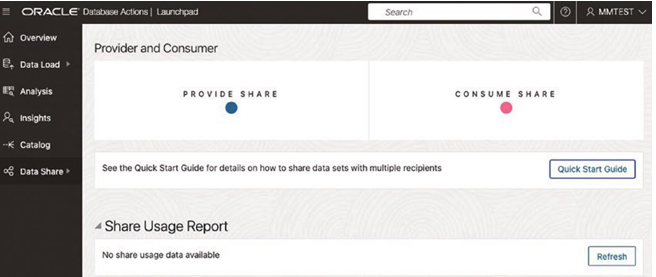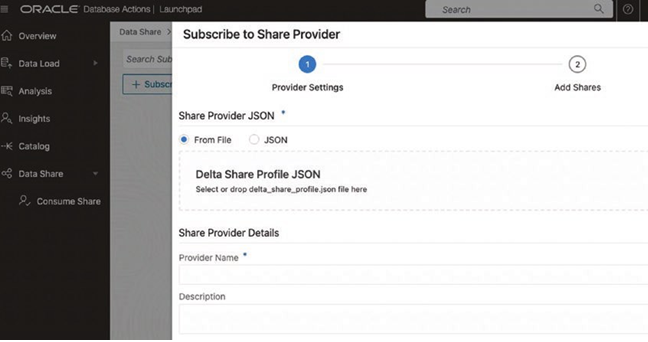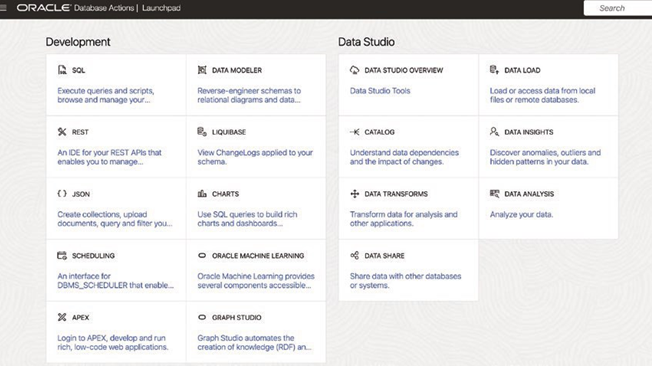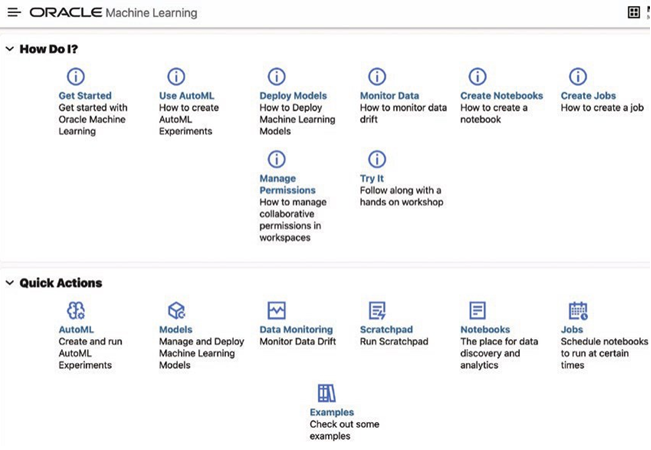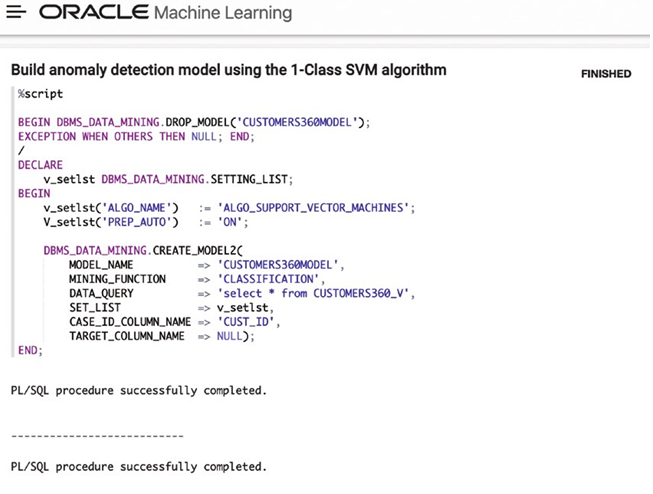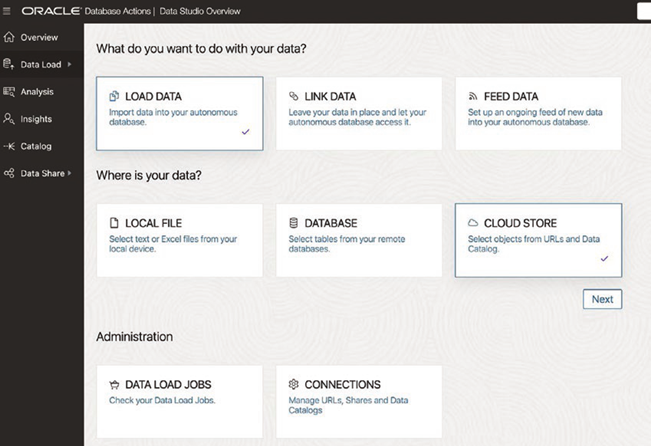As a DBA, you probably take care of several databases. Your job involves managing the environment, servers, software, storage, and more. Patching large environments is a difficult task, and you also want to be able to provision new databases quickly and easily. When we are talking numbers like that, there needs to be a way to manage multiple databases as a group, also called a fleet. This includes upgrading and patching with repeatable processes, making it easier to roll through and still minimize downtime.
Oracle’s Fleet Patching and Provisioning (FPP) tool helps maintain the life cycle of a large environment. This is one way to think of fleet management, which will be discussed in the next couple of sections. After that, we are going to look at fleet administrators.
Not only do they do the patching and provisioning tasks, but this has developed into a new role for Autonomous Databases on dedicated systems. It’s a slightly different way of looking at fleet management and administration, but it’s an important responsibility for DBAs transitioning to multitenant and cloud environments.
Oracle Fleet Patching and Provisioning
FPP provides a standard method to patch, upgrade, and provision databases, and it is a service in the grid infrastructure. It applies to both the grid and database homes across all environments. The software is installed once and stored on FPP Server, which maintains a gold image of the software and patches to be used for patching and upgrades. Commands can be run against hundreds of targets at the same time. This allows you to be able to do quarterly patches, and it implements the much-needed automation for these large environments.
New database patches and updates are images, and each image for the database version is a new version. This includes quarterly security patches and release updates. The images are not just the database but also the grid home.
FPP can be configured as a central server to deploy gold images to any number of nodes and database and grid homes across the environment. Clients of FPP would be configured to retrieve the gold images from the FPP server and based on policies upload and apply operations to the server where the client is configured. Since this is part of the grid infrastructure, it can just be run locally without any central server. The local Oracle homes can be patched and additional nodes provisioned locally with this option.
Types of Patching
Patching in-place requires a longer downtime, as you apply the patch in the current environment. This will require stopping instances, patching and starting the database again, and running the additional patching or upgrade steps. In this way, you have to install or run the patch each time.
FPP uses out-of-place patching because it deploys a new working copy, and then databases are moved to the Oracle home. This might be something you already do. Install new patched binaries in the new Oracle grid or database home. After that, the process consists of a stop, a move, and a start. The outage includes the time to restart in a new home with the newly installed binaries.
With multitenant, you can also patch a CDB and the PDBs together. PDBs can also be patched separately by moving them to a new CDB running in the patched or upgraded Oracle home.
